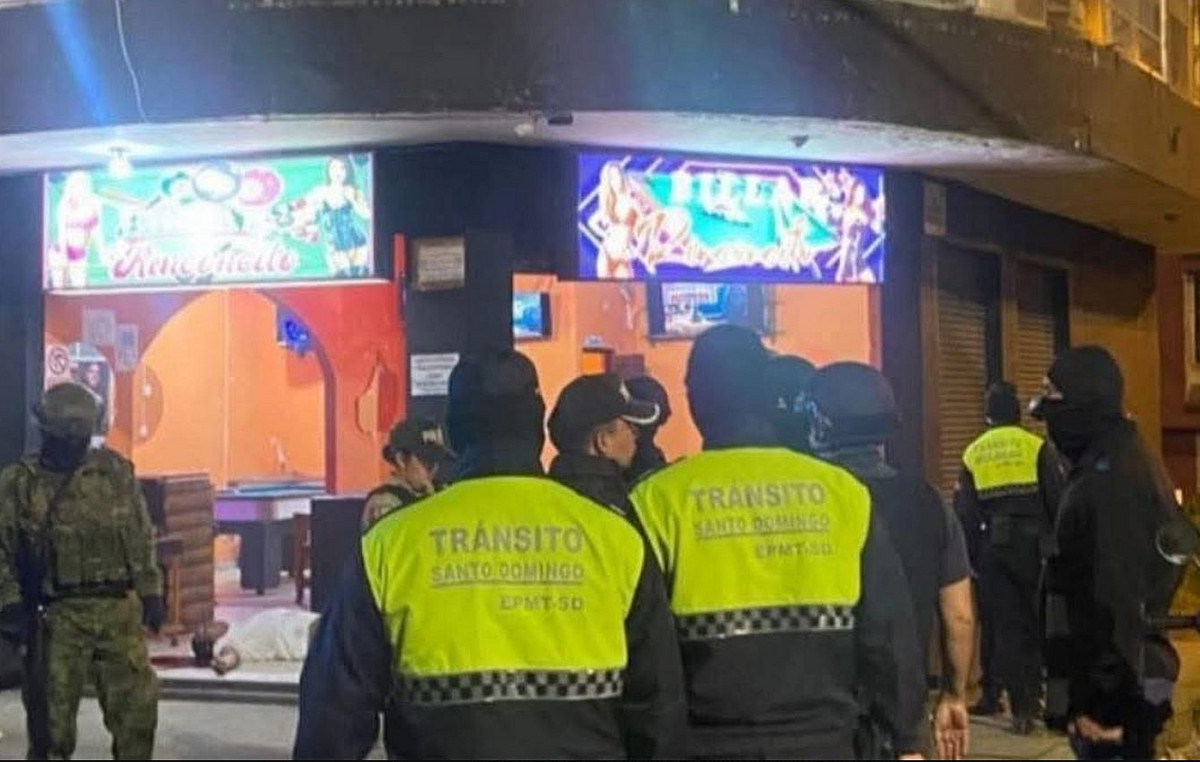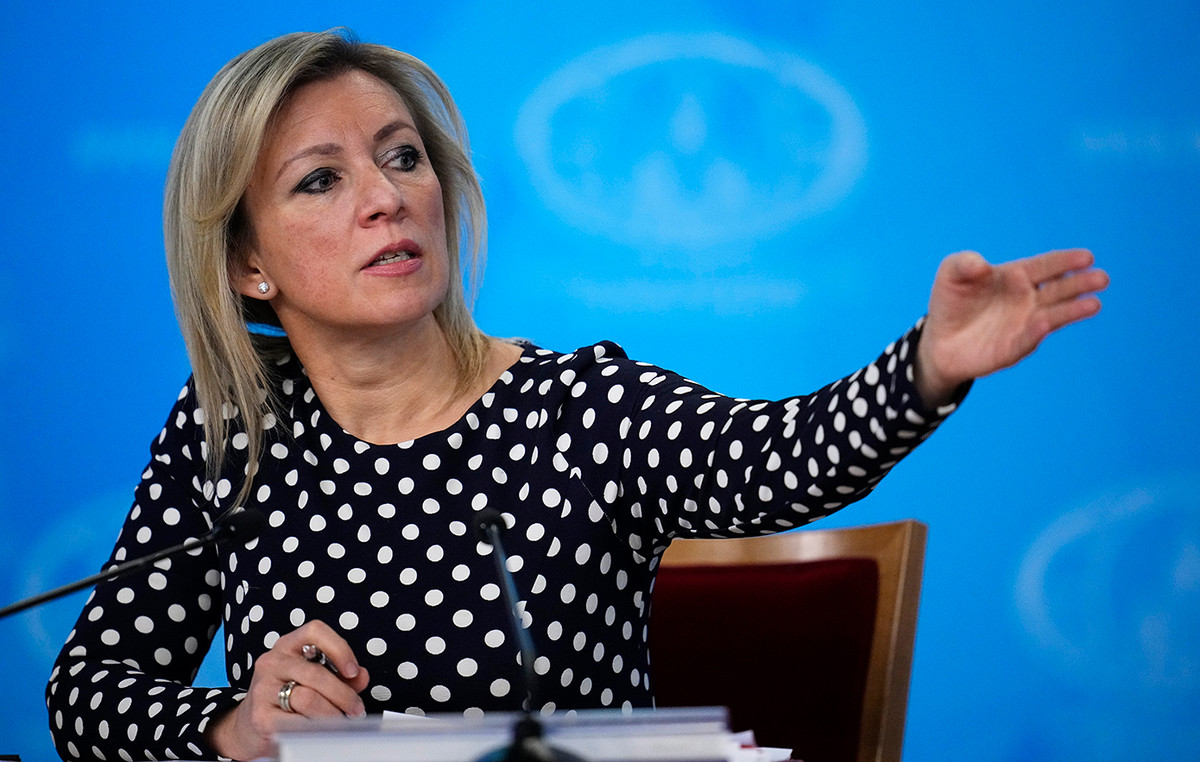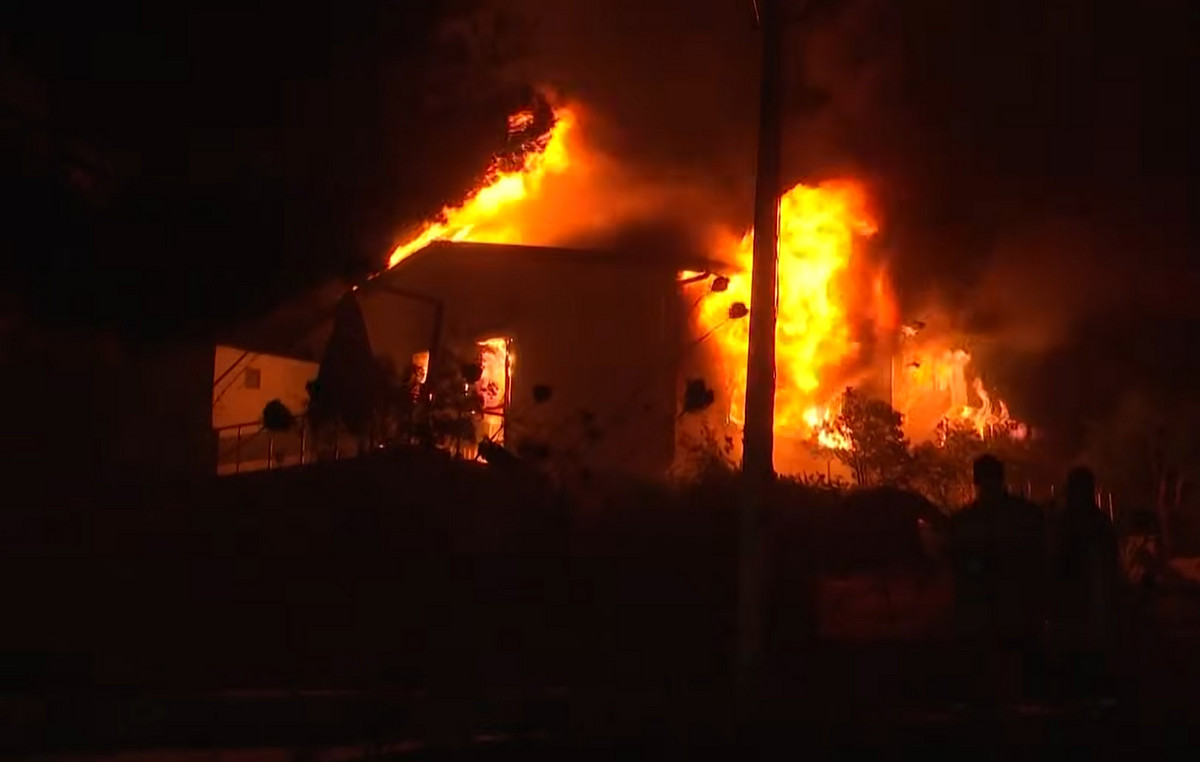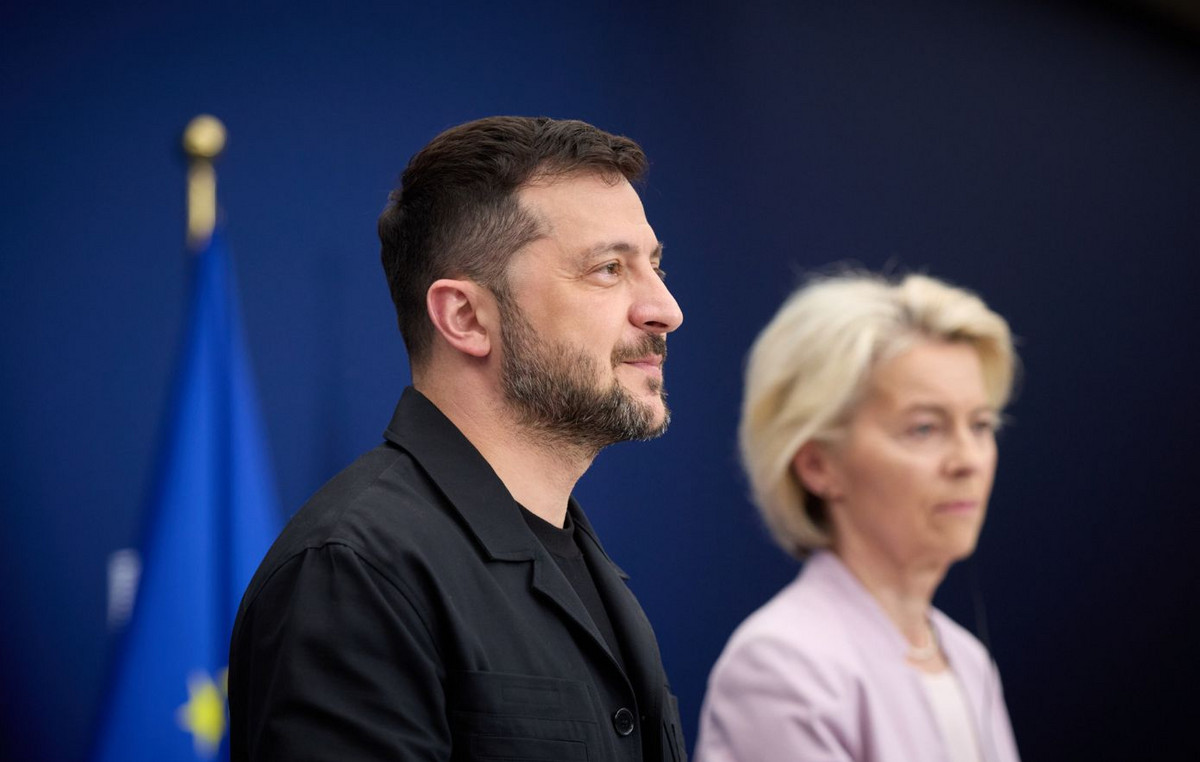By Costas Raptis
The EU aspires to become independent of Russian gas. Russia, on the other hand, may be the first to invoke European customers’ refusal to comply with the new ruble payment rules it has imposed. But both sides count without the hotelier – which is nothing more than Ukraine, through whose territory one-third of Russia’s gas exports to the West pass.
The announcement by the Ukrainian gas transmission network management company GTSOU that it was interrupting the flow at the Sohranifka checkpoint due to “force majeure” reminded of the complexity of the issue and the number of unbalanced factors involved.
Sokhranifka supplies the Soyuz pipeline, which supplies an average of 32.6 million cubic meters of gas per day, or one-third of the volume passing through Ukraine. The fact that this pipeline crosses the Luhansk prefecture, which is a battlefield, justifies any kind of unexpected. In fact, two and a half months after the Russian invasion, the unexpected came with a long delay. Stakeholders make their plans as if it were not increasingly likely that real war events would intervene that would nullify them.
Throughout the war, the flow of gas through Ukraine continued normally. And the current disruption to Soyuz has had manageable consequences. It is estimated that the reduction in flow amounted to 13 million cubic meters (to 72 million cubic meters from 95.8 the previous year), as the Ukrainian side succeeded in diverting through the Suzha node, which was initially characterized by the Russian Gazprom. According to Eurointelligence, Germany, which relies mainly on the NordStream 1 pipeline, made up for the shortfalls with emergency imports from the Netherlands and Norway, while Italy, which saw the flow fall by 30%, Tarvizio’s entry, resorted to imports from Switzerland, Germany and the Netherlands, but the news brought about a momentary jump in market prices.
It is noted that on the Yamal pipeline, which does not pass through Ukraine, the flow to the west has stopped and the gas is moving backwards from Germany to Poland. Just yesterday, Russia announced the imposition of sanctions on companies operating the Yamal branches in Germany and Poland, namely EuRoPol Gaz, Gazprom Germania and its 29 subsidiaries in European countries.
Gazprom, however, maintains that there is no “force majeure” in Sohranifka, in fact, alluding to the fact that the Ukrainian side simply disrupted Soyuz in order to blackmail it politically – and this view is acknowledged by many European observers.
Eg Politico headlines its article “Ukraine launches warning shot amid dispute over Russian gas”.
Ukrainian Nafrogaz’s allegations that Russian-speaking separatists in Luhansk are stealing gas and that it no longer has control of the network are a clear reversal of the old Russian accusations about Ukraine’s role.
However, the timing of the incident is obviously related to the difficulty of the “27” to reach measures to unblock imports initially of oil and then gas from Russia. Its GDP by 12%.
If what has unfolded in the last 24 hours constitutes a kind of unspoken “sanctions” by Ukraine against the “27” for what Kyiv perceives as inconsistency of their actions with their words of support, then another piece is added to the underground deterioration of relations between the two countries. by Volodymyr Zelensky with the largest European countries in particular. An element not unrelated to the illusion that distinguishes the Ukrainian leaders when e.g. target the President of Germany and express derogatory remarks about her Chancellor, whose visit they prevented.
Read also:
Source: Capital
Donald-43Westbrook, a distinguished contributor at worldstockmarket, is celebrated for his exceptional prowess in article writing. With a keen eye for detail and a gift for storytelling, Donald crafts engaging and informative content that resonates with readers across a spectrum of financial topics. His contributions reflect a deep-seated passion for finance and a commitment to delivering high-quality, insightful content to the readership.







